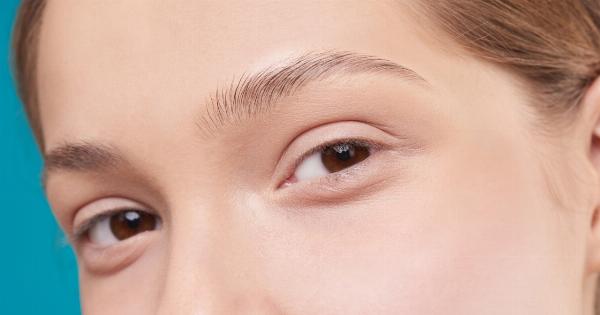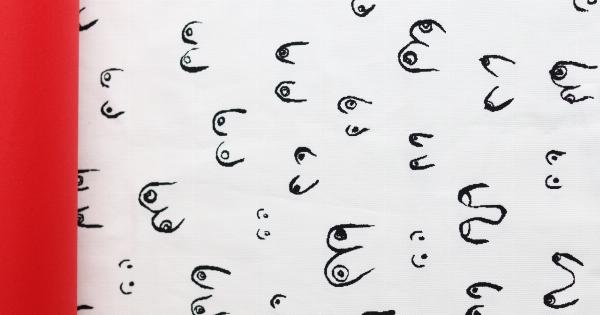The menstrual cycle is a natural process that every woman undergoes every month. This cycle is experienced differently by women of different ages. As females age, their hormonal levels fluctuate, rendering the menstrual cycle an ever-evolving process.
In this article, we will delve into the significant changes that occur in the menstrual cycle as a woman ages.
Puberty and Menstrual Cycle
When a girl reaches puberty, usually between 8 and 13 years old, her body starts producing hormones that begin the menstrual cycle. These hormones alert the ovaries to start releasing eggs.
In most cases, the first few menstrual cycles are irregular and may be accompanied by abdominal pain, mood swings, and tender breasts. There may also be variations in menstruation flow.
Reproductive Years and Menstrual Cycle
The reproductive years are the years a woman can get pregnant. Usually, these years span from the first menstrual flow to menopause, which is typically between 12 to 51 years of age for most women.
During this phase, most women have predictable menstrual cycles lasting between 21 and 35 days. Menstrual flow also tends to be consistent in terms of duration, heaviness, and accompanying symptoms, such as pain and mood changes.
Perimenopause and Menstrual Cycle
Perimenopause is the transitional period that leads up to menopause, and it usually occurs between the ages of 45 and 55. During perimenopause, hormone production reduces, causing a decline in estrogen levels.
As a result, ovulation becomes less frequent, leading to irregular menstrual cycles. The menstrual flow also becomes unpredictable and may last for longer or shorter periods than usual. In some cases, the menstrual flow may become lighter or heavier.
Menopause and Menstrual Cycle
Menopause occurs when a woman’s ovaries stop producing eggs, usually between the ages of 48 and 55. At this stage, the estrogen and progesterone hormones are at their lowest levels. As a result, the menstrual cycle ceases.
However, some women may experience light spotting or bleeding, which ceases altogether after a few months. This spotting may be due to the thinning of the vaginal tissues, which can cause irritation and light bleeding.
Postmenopause and Menstrual Cycle
Postmenopause is the period after menopause, starting when a woman has gone 12 consecutive months without having a menstrual flow. The hormonal levels, including estrogen and progesterone, remain low.
However, women may experience other symptoms such as hot flashes, vaginal dryness, mood changes, or loss of libido. Additionally, women may develop osteoporosis or cardiovascular diseases due to the decrease in estrogen levels.
Conclusion
Menstrual cycles are a natural process that accompanies a woman’s entire reproductive life. However, the menstrual cycle can change with age, primarily due to hormonal changes.
Understanding these changes can help women predict and manage their menstrual cycles as they age.






























